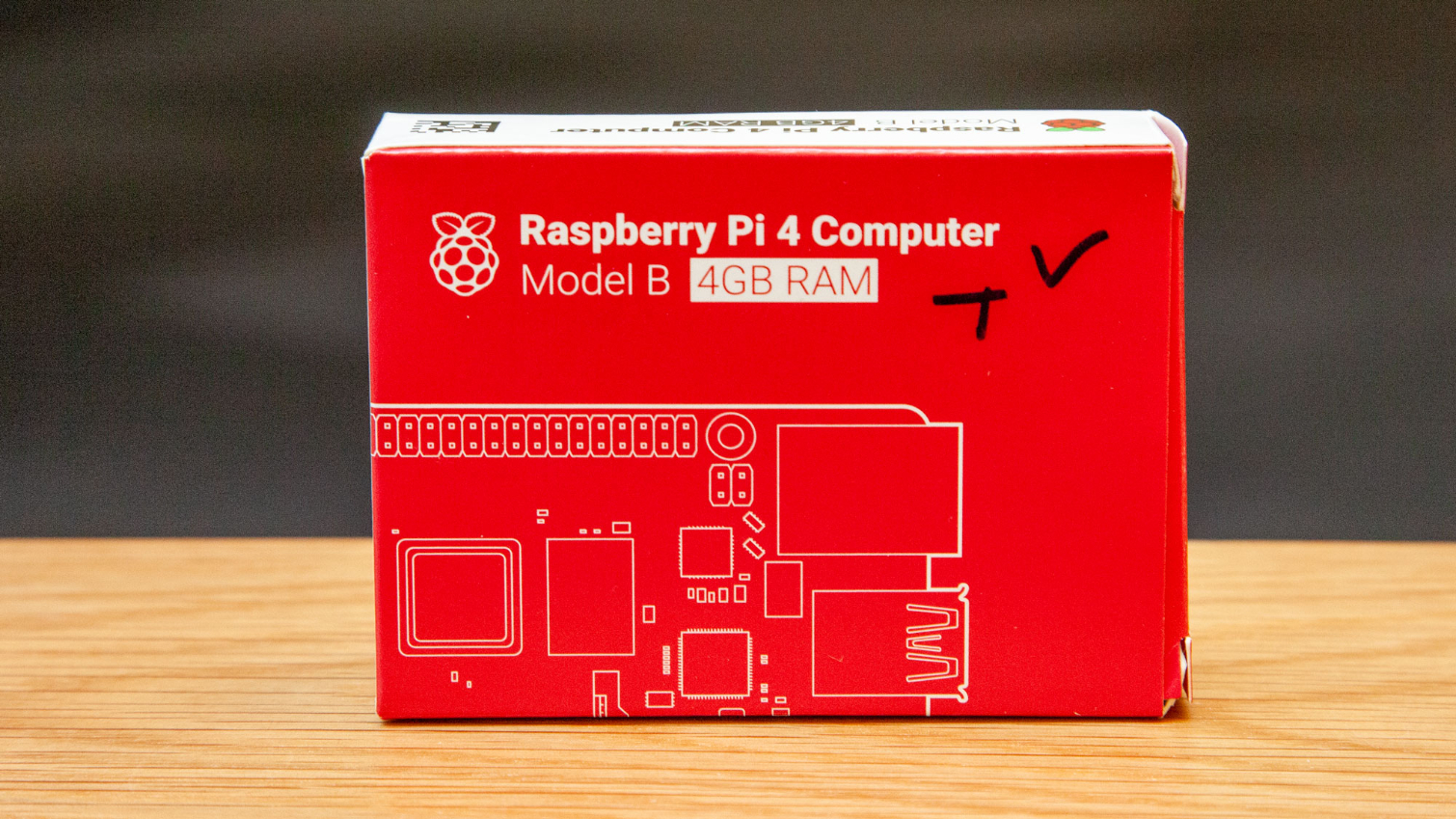Raspberry Pi 4 AMA: Founder Eben Upton Answers Your Burning Questions
Raspberry Pi 4 Storage, RAM, and Pricing
Q: Since the 3rd generation Raspberry Pi could only support a max of a 32GB micro SD card, will the Raspberry Pi 4 have any limitations on the maximum amount of SD card storage?
A: I'm not sure I recognise that limit. IIRC this was related to cards >32GB being pre-formatted with EXFAT, which we can't read, so if you took a blank card and copied the NOOBS files on it would fail to boot. You could always overwrite the card with a Raspbian image (with its small FAT32 boot partition) and get it to boot. In any case, there won't be a limit on Raspberry Pi 4. If we find incompatibilities in the field we'll ship an updated SPI Flash image to fix them.
Q: The SD-card speed increase is very welcome! Was an eMMC or M.2 slot considered?
A: We don't think there's a compelling advantage to socketed eMMC over SD. M.2 would have been fun, but we didn't like the form factor considerations, and had no spare PCIe lanes. I think USB 3.0 SSDs are the way to go for high-performance storage.
Q: I wanted to ask about the tiered pricing for the RAM upgrades. The standard SKU is $35, however the additional 3GB version costs $55, 57% extra over the base cost, that appears quite an expensive upgrade. If you decided to keep that $55 price could a small amount of EMMC storage be included, perhaps 8GB or 16GB? Are there any plans to decrease these costs with economies of scale over the coming months or will this be fixed now until any future hardware announcement?
A: A couple of thoughts here:
- The tiered pricing structure largely reflects the underlying cost of RAM. If you look at a typical brand-name SODIMM you'll see an end-user price of roughly $5/GB, which is close to how we price the upgrade.
- We like the "stateless" nature of the device, which means it's very hard to brick and easy to update. I'm surprised you're seeing issues with SD card: it's been a long time since I've been able to corrupt a brand-name card (though I do tend to power down cleanly).
- We don't expect much further downward movement in RAM prices.
Q: This is the first time difference memory tiers of the same Pi are offered, what made you decide to go for multiple price levels?
A: Three things:
- We wanted to offer a $35 product.
- We could only afford 1GB of RAM at that price.
- People had asked for (and our chip could address) up to 4GB.
Q: Why did you include tiered pricing for the Raspberry Pi 4, but sold all previous generations at a single price point?
A: This is the first time we have a chip that can address more than 1GB of RAM, so this is the first opportunity (or requirement) to go beyond $35. If we'd been able to address 2GB of LPDDR2, I'm sure we would have been selling a $45 Raspberry Pi 3 for a while now.
Q: Aside from the extra RAM, does the new Raspberry Pi 4 have better virtualization support? I tried using a Pi3 as an openstack compute node and it turns out that extensive modification would have been necessary to get it to work.
A: Well, we have a GIC now, which should help. I can't promise everything's wired up appropriately, as it wasn't a target use case, and there's no support for virtualisation at the peripheral level, but we may be in better shape now.
Get Tom's Hardware's best news and in-depth reviews, straight to your inbox.
Q: Do the tariffs on China have an impact on pricing for the Raspberry Pi?
A: No effect, as we manufacture Raspberry Pi in the UK.
Q: Is it a competitive advantage to assemble the Raspberry Pi in the UK?
A: We save roughly $1-2 by manufacturing Raspberry Pi in the UK.
Q: Relating to the earlier question about tariffs, what were some of the challenges you encountered in order to keep the price at $35? I recall somebody (might have been yourself) saying GbE and USB 3 being a difficult thing to implement if you wanted to keep the price down.
A: I think the pressure was pretty much everywhere in the design, but a couple of places where it really showed were connectors: we have an additional HDMI connector, and as type-D (micro) connectors are more intricate than type-A (standard), the unit cost is higher. USB 3.0 connectors are more intricate and cost more than their USB 2.0 equivalents, and USB-C is more expensive than micro-B, although we use a depopulated connector as we don't have high-speed signals on there. RAM was a bit of a push too, as we're coming off the back end of a price spike.
Q: Why did you choose to not include a SATA interface in the Raspberry Pi 4?
A: We felt USB 3.0 was a better choice, given that adapters are cheap and plentiful, and that we're pretty much out of board area (and periphery) for new connectors.
Current page: Raspberry Pi 4 Storage, RAM, and Pricing
Prev Page Raspberry Pi GPU Compute and Dual 4K Next Page The Future of the Raspberry Pi FoundationJoshua Simenhoff was a former Tom's Hardware community manager. He covered a wide range of topics, including PC hardware how-tos and articles with a focus on community engagement. His expertise lay in connecting with readers and providing practical, informative content about the latest technology.
-
TCA_ChinChin This type of content is refreshing and interesting. Thanks for the interview and also thanks to Upton for the nice answers. The Pi 4 is certainly a neat little piece of kit.Reply
